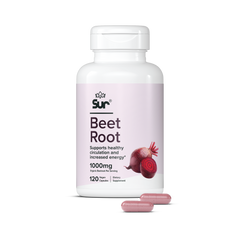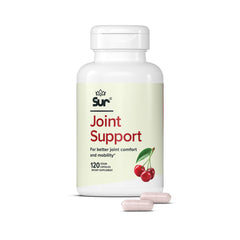Oat bran and oatmeal are both staples in many plant-based nutrition products due to their health benefits. However, oat bran stands out due to its higher fiber content and essential nutrients, making it a go-to for people seeking to enhance their fiber intake. While oatmeal is made from milled oats and primarily consists of the endosperm (the middle part of the grain), oat bran comes from the outer layer, which gives it an edge when it comes to nutrition.
While both oat bran and oatmeal offer valuable health benefits, oat bran tends to be the better choice if you’re focused on lowering cholesterol, regulating blood sugar, and improving digestion. Its higher fiber content, lower glycemic index, and ability to support heart health make it a superior option for many individuals, especially those following a plant-based nutrition plan.
However, if you enjoy the taste and texture of oatmeal, it’s not a bad option–especially if you choose a brand that incorporates oat bran for added fiber. Combining the two can provide a balance of taste, texture, and nutrition for a healthy, well-rounded diet.
What Is Oat Bran?
Oat bran is the outermost part of the oat grain, and it’s packed with fiber, B vitamins, protein, and minerals. This high concentration of fiber helps regulate digestion and promote gut health.
Oat bran is a rich source of beta-glucan, a type of soluble fiber known for its ability to lower cholesterol levels and support heart health. Additionally, oat bran supports lower cholesterol by absorbing water in the digestive tract, which helps prevent the absorption of dietary fats into the bloodstream.
Oat bran’s lower glycemic index also makes it a better option for those concerned about blood sugar levels. Unlike refined oatmeal, oat bran is less likely to spike blood sugar, making it a good choice for people managing diabetes or weight.
What Is Oatmeal?
Oatmeal, typically made from rolled or steel-cut oats, is a more refined version of oats. It’s made from the endosperm, which is the part of the oat grain that’s high in carbohydrates. Oatmeal offers many of the same health benefits as oat bran, but due to its higher carbohydrate content and higher glycemic index, it can cause a more significant spike in blood sugar, particularly when consumed in large quantities.
Some oatmeal brands combine the endosperm with oat bran to boost fiber content and offer a more balanced nutritional profile. However, oatmeal generally contains more calories than oat bran due to its higher carbohydrate content.
Oat Bran Supports Lower Cholesterol
One of the primary benefits of oat bran is its ability to help lower bad cholesterol. Oat bran contains beta-glucan, a type of soluble fiber that binds to cholesterol in the digestive tract and removes it from the body before it can enter the bloodstream. This effect can help maintain healthy cholesterol levels and reduce the risk of heart disease.
Research shows that a diet high in soluble fiber, like that found in oat bran, can significantly reduce low-density lipoprotein (LDL) cholesterol, commonly known as 'bad' cholesterol. This is especially beneficial for those trying to manage cardiovascular health through plant-based nutrition products, as it supports a heart-healthy lifestyle.
Regulating Blood Sugar Levels
Both oat bran and oatmeal contain beta-glucan, which has been shown to stabilize blood sugar levels. However, oat bran is generally more effective in this regard due to its high fiber content. Fiber slows the absorption of sugars into the bloodstream, which helps to prevent blood sugar spikes.
While oatmeal can cause blood sugar levels to rise, particularly if you consume it in large amounts, oat bran’s lower glycemic index makes it less likely to spike blood sugar. This makes oat bran a superior choice for individuals who are concerned about managing their blood sugar, such as those with type 2 diabetes or those on a weight loss journey.
Weight Loss and Satiety
Both oat bran and oatmeal are excellent for weight loss, but oat bran has an edge because of its high fiber content. Beta-glucan, the primary fiber in both foods, helps to promote feelings of fullness and reduce hunger by forming a gel-like substance in the digestive tract. This helps to curb overeating and supports weight management.
Additionally, the high fiber content of oat bran helps regulate digestion and ensures that food moves smoothly through the digestive tract. This contributes to better gut health and prevents constipation, making it an excellent choice for those looking to improve digestion and prevent bloating.
The Sur Nutrition Advantage
If you’re looking to incorporate more fiber into your diet, consider adding plant-based nutrition products like Sur Nutrition’s fiber supplements. These products are designed to support digestive health and provide a convenient way to get more fiber, whether you’re adding it to your meals or taking it on the go.
Sur Nutrition’s high-quality supplements can help you manage your cholesterol levels, regulate blood sugar, and improve digestion–making them a great choice for anyone looking to enhance their overall health!



